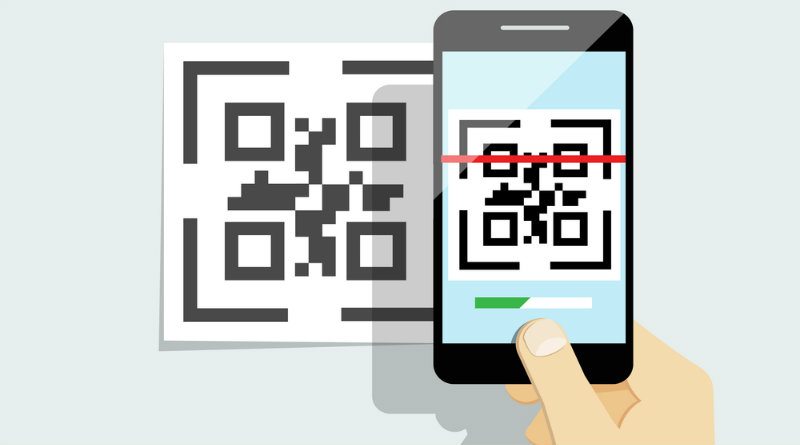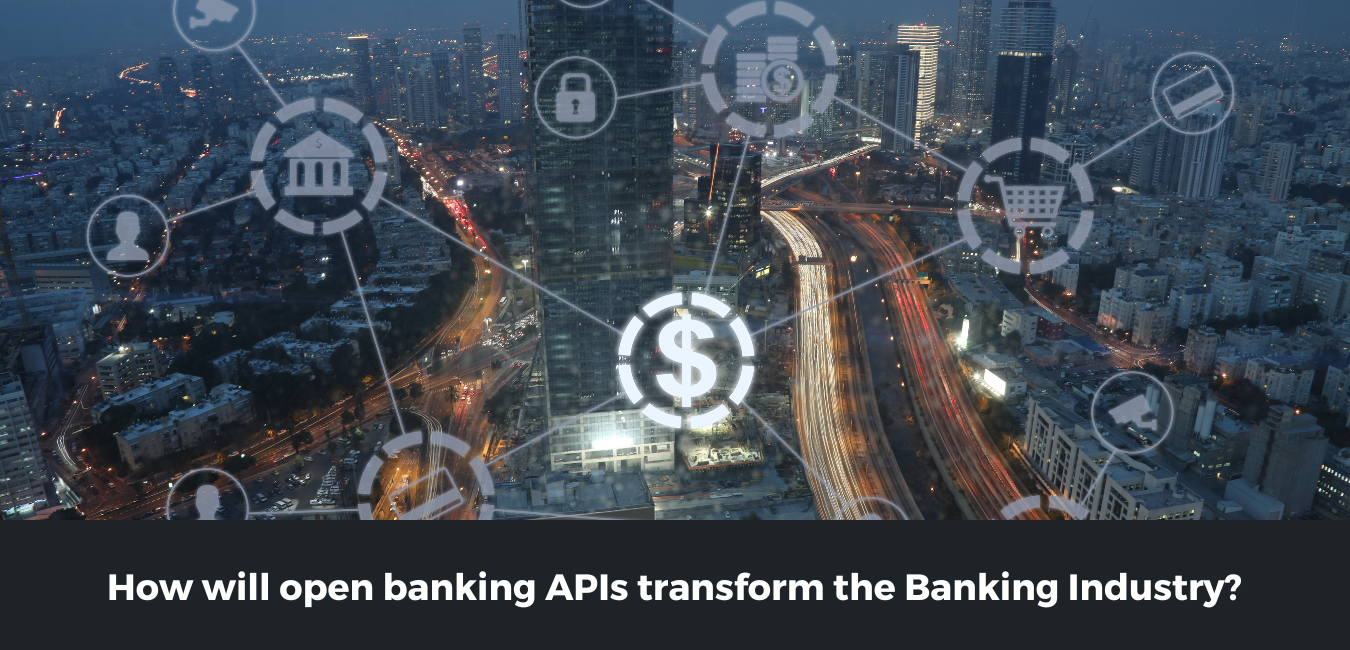QR Code: The Future of Digital Payment Revolution

In order to look ahead to 2022, it's vital to remember that the expansion of digital payments has accelerated through 2020, owing to the pandemic. Open banking is one example of a digital payment method that is gaining popularity. Indeed, according to the latest statistics from the UK Open Banking Implementation Entity, Open Banking Payment volumes grew by 600 percent between January and last month. Open banking payments have provided a safe, efficient, and contactless alternative to traditional payment methods as consumer behaviors have changed as a result of COVID-19, and preferences have shifted toward contactless solutions. QR codes, on the other hand, were already well on their way to becoming one of the most widely used payment systems in other countries.
What Is a QR Code Payment?
QR codes, like bar codes, encode data in a physical representation, such as a pattern of dark and light areas inside a fixed region. The main difference between the two is that QR codes can hold a lot more information. A QR code payment requires a scanner or camera that can read and interpret information about the image on a smartphone—as well as applications that can interpret the transaction using that information. Typically, this entails using a mobile payment app. QR codes must be created by default for usage with a certain payment app. Most nations with widespread QR code payments have a single dominant payment platform or a compliance agreement.
QR Code Innovations that Work
With the rise of smartphones and the spread of the internet across the country, QR codes are proving to be a more convenient and cost-effective way for merchants to collect digital payments. The good news is that retailers won't have to bother about figuring out how to make a QR code or how to use a QR code reader in any other way. They don't need to dive into the technicalities of how QR codes function or require an introduction to what QR codes are because they are quite simple to deploy and use.
The digital QR codes embedded within the PoS machine that acts as a QR scanner or shipped straight to the consumer's cellular telephone to be scanned at the point of sale are set to revolutionize India's QR code payments revolution, which began with paper sticker QR codes shortly after the 2016 banknote demonetisation.
How will subscription-based economic models grow exponentially?
Consumer subscriptions fueled by recurring payments are another payment trend that we've seen increase during 2020 and expect to continue.
Subscriptions allow a person to receive goods or services on a regular basis and in accordance with their consumption preferences. Subscriptions are being utilized to supply a wide range of services to customers on a regular basis as we move more and more online, encompassing everything from video streaming and news media to food deliveries and even dating services. In 2019, more than two-thirds of adults worldwide utilized at least one subscription service, with European adults spending an average of €130 per month on subscriptions.
Due to the complications of collecting recurring payments, implementing a subscription-based model has previously proven challenging for firms, particularly those in the small to medium size range. Companies may now easily deliver the rapid and consistent experience that their customers are constantly demanding, access to modern suppliers in the Account-2-Account payments industry developing technological platforms that enable seamless recurring payments.
Where Have QR Payments Been Used Before?
From street sellers to high-end department stores, China is the epicenter of the QR code revolution, with QR-enabled mobile payments surpassing cash as the preferred transaction payment method, fully skipping credit and debit cards.
Last year, total mobile payments reached $13 trillion, with QR code payments on the WeChat and Alipay applications accounting for the majority of that amount. Other countries in China's economic orbit tend to follow China's lead. India, for example, has made steps to reduce the quantity of currency in circulation, with mVisa-enabled QR code payments filling in the gaps. Mobile payment systems have been rapidly accepted in many other nations where access to traditional banking institutions is limited and currency is unreliable or difficult to get by, offering financial empowerment to many people who had previously been kept out of these markets. Standardized QR code payments have become the norm in Southeast Asia over the last decade, particularly in Thailand, Singapore, Indonesia, and Vietnam.
QR codes: Merchant and Customer
When it comes to QR code payment scanning, the key dilemma for organizations is whether to use merchant-presented or customer-presented QR codes. In some places where QR code payments are widespread, retailers will simply print out a physical QR code and tell the customer how much money they need to enter. However, because this implementation is mostly cost-driven, it increases the chances of customers making mistakes and QR code fraud.
Existing approaches, in which the merchant's point of sale software reads payment information from a card and initiates the transaction, provide less data protection. The risk of customer information being stolen by fraud or a security breach is considerably decreased when the consumer keeps all of their payment information on a private device and "pushes" the payment to the merchant's bank. Consumer expectations in terms of which side of the transaction displays the code and which side scans it are likely to be influenced by the decisions made by the big merchants and e-commerce companies.
How QR Code Payments Could Change E-commerce
The benefits of scanning QR codes for payment may be less obvious than the ways in which they can streamline and speed up transactions in brick-and-mortar stores, but the security and cost benefits of scanning QR codes for payment could mean that e-commerce companies' days of saving credit card data for future purchases are numbered. The majority of digital thieves who attempt to break into eCommerce companies' servers are for stored card info. There's nothing for hackers to steal if a customer's card information never leaves their device.
Although QR code payments are still a new concept, particularly in the United States, as more retailers encourage their use with app-enabled loyalty programmes and advertising, more buyers will be sold on the convenience and benefits of using QR codes, and will expect e-commerce businesses to provide the same shopping experiences.
Conclusion
QR codes, or at least a portion of them, could be the payment method of the future. Many other countries are implementing and standardizing these systems as well. It remains to be seen how QR code payments will be received in the United States. Merchant adoption has been gradual, and customer demand for this payment method has been low thus far, but that could change if the benefits become more widely understood. After all, QR codes are a promising addition to digital payments, one that has the potential to lower the perceived cost barrier to digital payment adoption in India by allowing customers to simply scan a code and make purchases without having to carry currency.








